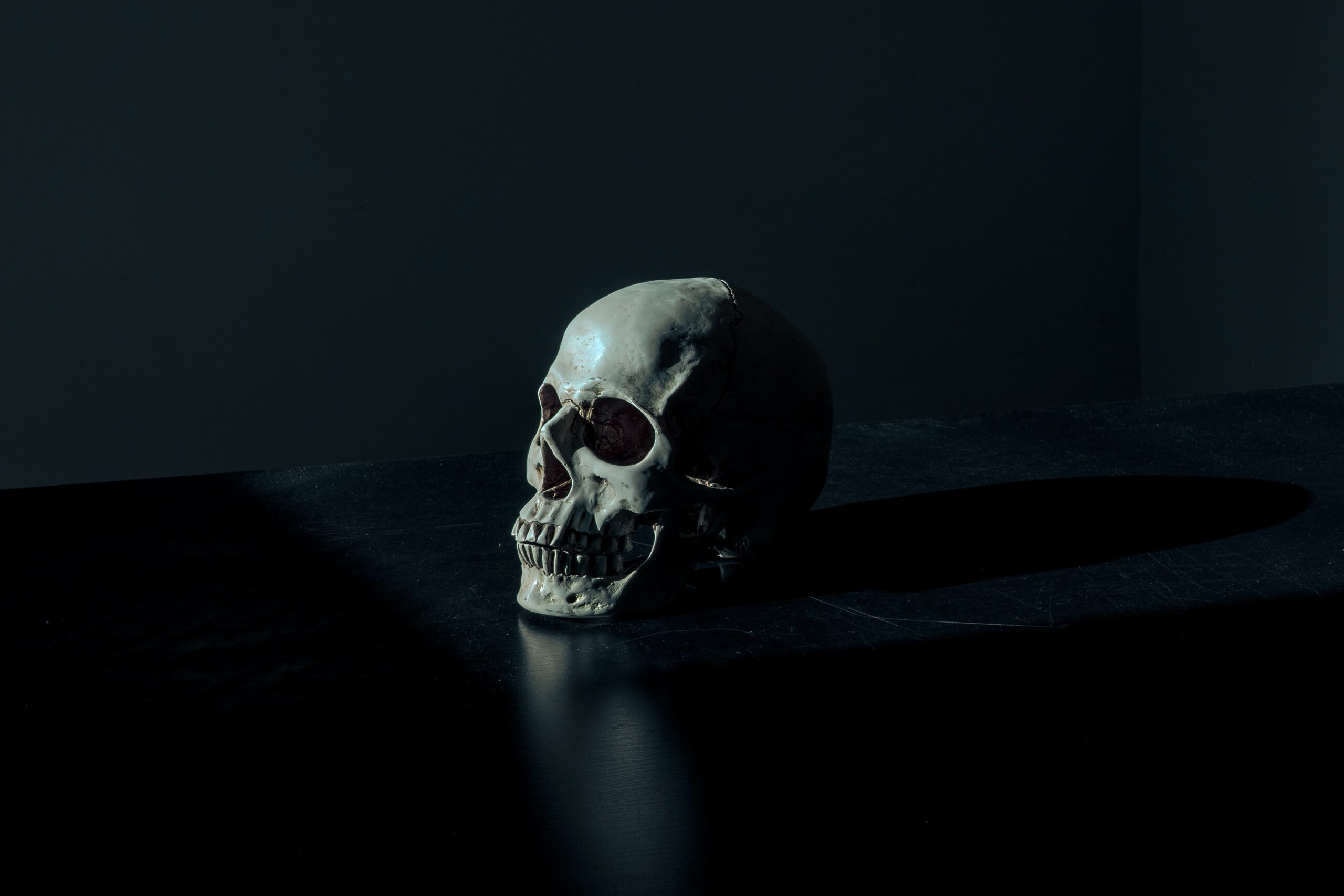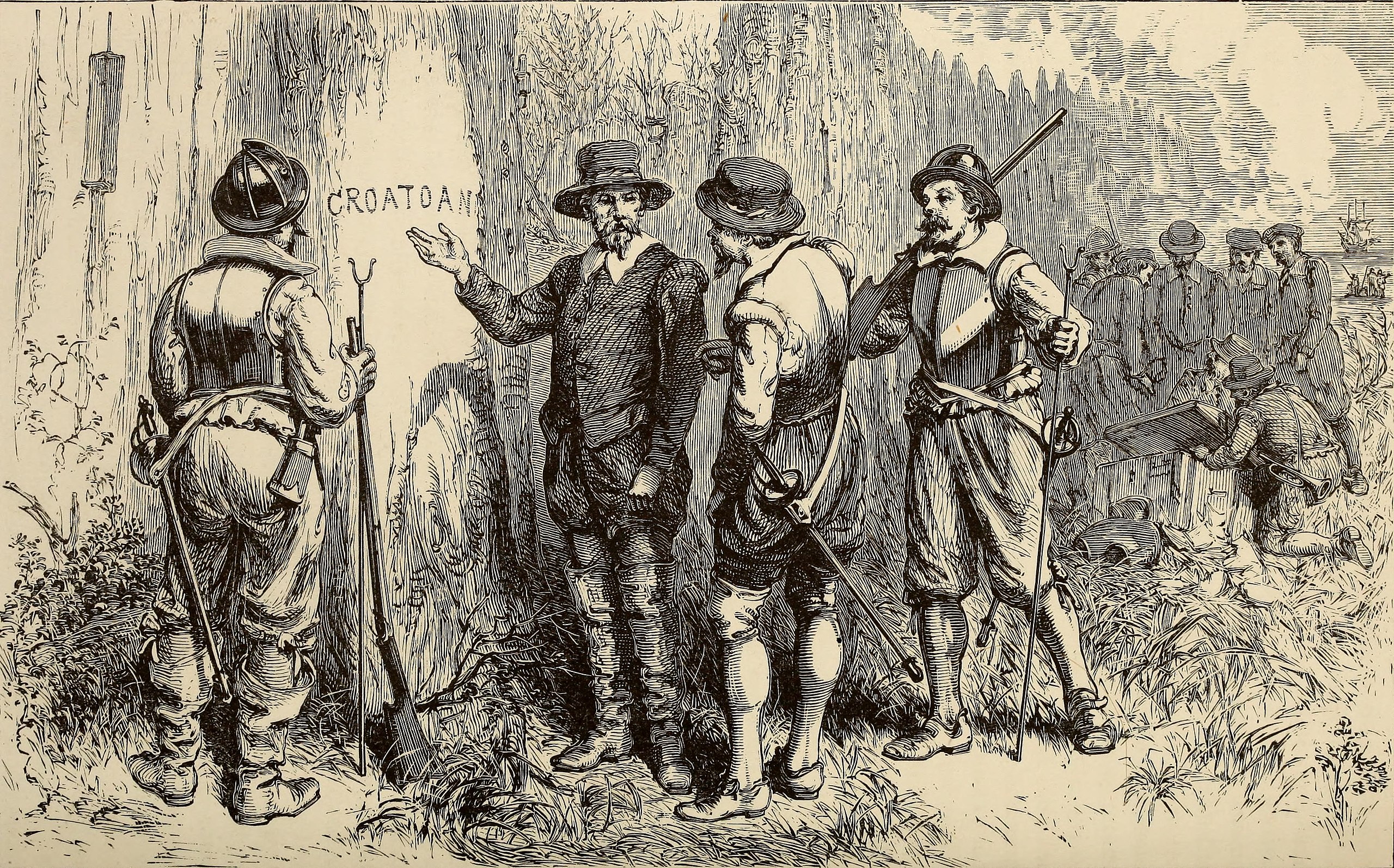To some, it is never too late to set things right, even at the tail-end of their lives. These five deathbed confessions may have been a final weight off the shoulders of those making them. But to investigators, they completely altered how certain cases were perceived.
The Faked Nessie Photo Deathbed Confession
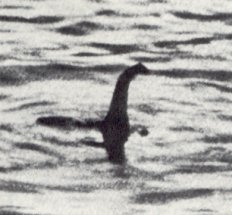
Originally published under the claimed authorship of Robert Kenneth Wilson. Image from Daily Mail, Public Domain
The “surgeon’s photograph” is a notorious image, purported to be a depiction of Nessie, aka the Loch Ness Monster, a dinosaur-like cryptid said to inhabit Lake Loch Ness in Scotland.
The photograph was taken in 1934 by a surgeon named Robert Kenneth Wilson. It was published in the Daily Mail newspaper, where it gained widespread notoriety.
The publication used Wilson’s status as a surgeon to bolster the photographer’s credibility.
However, In the years following the publication of the photograph, many skeptics argued that it was a hoax.
In 1994, a man named Christian Spurling claimed that he had helped his stepfather, Marmaduke Wetherell, create a model of the monster using a toy submarine and other materials.
Spurling said that the photograph was taken using this model, and that he had been sworn to secrecy about his involvement.
Marmaduke Wetherell was a big game hunter whose primary motivation for faking the photograph was to salvage his reputation, as the media had previously exposed him for creating faux Nessie footprints along the shore of Lake Loch Ness.
A Deathbed Confession Involving the Death of Rolling Stones Guitarist Brian Jones
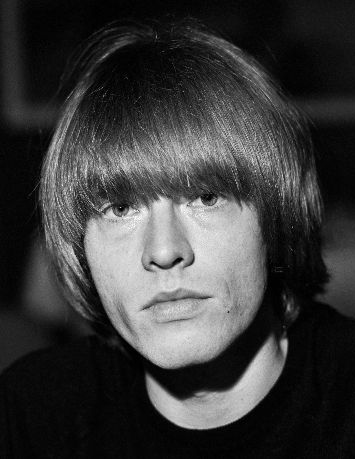
Source: Olavi Kaskisuo / Lehtikuva, Fair Use
Much of the Rolling Stones’ early success can be attributed to founding member and lead guitarist Brian Jones, whose blues influence was a defining feature of the band’s signature sound.
However, Jones struggled with personal issues, including addiction and mental health problems, which eventually led to tensions within the band.
In 1969, the Rolling Stones made the decision to part ways with Jones, citing his unreliable behavior and deteriorating health as the reasons for his dismissal.
Not even a month after his departure, he was found dead in his swimming pool. With an autopsy showing that he had copious amounts of narcotics in his system, the event was officially ruled “death by misadventure.”
However, according to Tom Keylock, the Rolling Stones’ former road manager, the guitarist was actually killed by Frank Thorogood, a builder making renovations to Jones’s home.
According to Keylock, Thorogood confessed the crime to him while on his (Thorogood’s) deathbed.
However, it should be noted there is no concrete evidence to support Keylock’s claims, and fans have cast doubt on their authenticity.
What was the motive for the alleged crime? Apparently, it stemmed from a fight over money: Thorogood had been paid £18,000 for his work, but he wanted another £6,000 from Jones.
A Deathbed Confession Confirming That Evidence of Extraterrestrial Life Was Found at Roswell
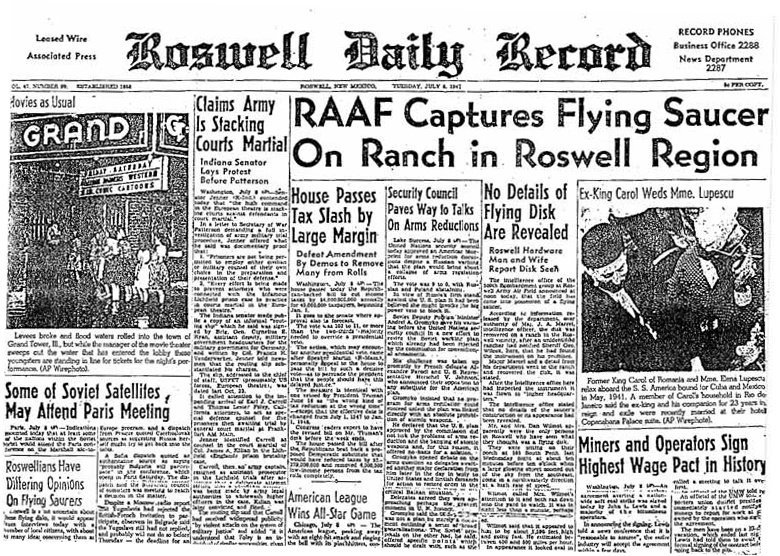
Public Domain
Walter Haut was a public information officer at the Roswell Army Air Field in 1947. He was one of the first military personnel to issue a press release announcing that a “flying disc” had been recovered near Roswell.
The event, later dubbed “The Roswell Incident” has since been cited by UFO enthusiasts as definitive proof of Earth having made contact with extraterrestrial life.
Haut’s press release was later retracted, and the military claimed that the object was a weather balloon.
However, in 2005—shortly before his death—Haut signed a sworn affidavit in which he claimed that the military had covered up the truth about the Roswell incident.
According to Haut, the object that had been recovered was not a weather balloon but was in fact a spacecraft of extraterrestrial origin.
Haut’s affidavit is one of the most significant pieces of testimony in the ongoing debate over the Roswell incident.
But skeptics have been quick to point out that Haut’s claims are not corroborated by other witnesses or evidence, and his testimony is not necessarily conclusive proof of anything.
A Deathbed Confession to the Killing of Famed Director William Desmond Taylor
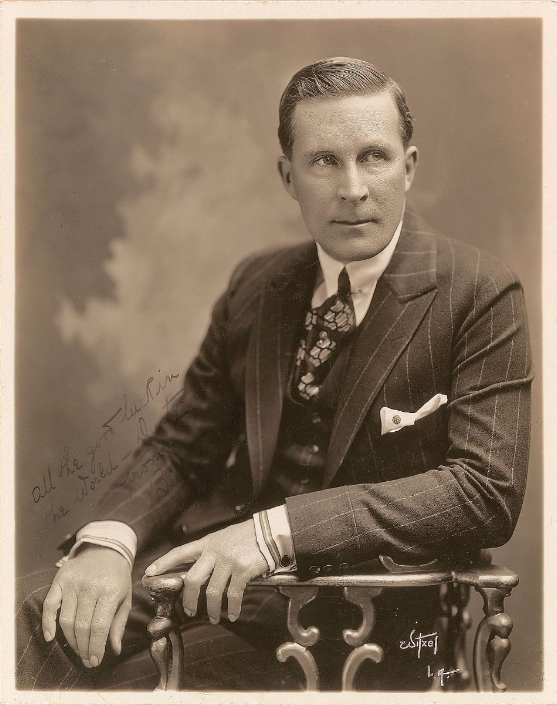
Source: Albert Witzel, Public Domain
William Desmond Taylor was a prominent Hollywood filmmaker who directed fifty-nine silent films between 1914 and 1922.
On February 1, 1922, he was found dead in his home. Suspects ranged from jealous lovers to narcotics dealers.
His murder was widely considered unsolved until 1964, when silent film actress Margaret Gibson, a recently converted Catholic then on her deathbed, confessed to a priest that she had shot Taylor. However, she herself passed before providing a full story or motive.
Officially, Taylor’s case remains cold, as outside of her confession, there was no concrete evidence to implicate Gibson.
A Deathbed Confession Explaining What Happened to the 1962 Alcatraz Prison Escapees
Prisoners of famed 1962 Alcatraz prison escape could have survived, new research shows: http://t.co/UVcI3SnOP9 pic.twitter.com/XFM0w0vlrA
— Yahoo (@Yahoo) December 16, 2014
The 1962 Alcatraz prison escape is one of the most unbelievable events in history. Not only did three men manage to escape a maximum security prison, their fates are unknown to this day.
That is unless you believe the deathbed confession of John Leroy Kelly. In 1993, he told his nurse that the families of the Alcatraz escapees—Frank Morris, John Anglin, and Clarence Anglin—had hired him to transport the convicts on a boat from Angel Island (a mile north of their recently escaped Alcatraz) to Seattle.
According to Kelly, he killed all three of them on the boat ride there. He then ran off with the $40,000 he was paid for the job, the families who hired him never hearing from him again.
Of course, one must keep in mind that there is no evidence that this happened, or that Kelly had even met the Alcatraz prison escapees to begin with.

